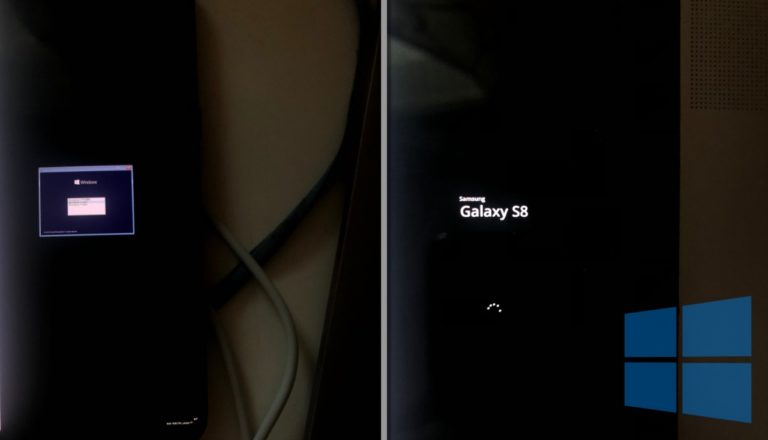Qualcomm Debuts World’s First Dedicated Processor For AR VR Headsets

Qualcomm has announced the world’s first dedicated processor for AR, VR, and Mixed Reality devices. Known as Snapdragon XR1, the new platform is designed to offer high-quality XR (Extended Reality) experiences on mainstream devices.
It’s also based on Qualcomm’s heterogeneous architecture, just like their chips for mobile devices, where work is divided between different co-processors including CPU, GPU, vector processor, and AI engine.
How can a new technology arrive without AI? XR1’s AI engine has capabilities for on-device processing and improved power consumption, thermal efficiency, and offer better interactivity.
Qualcomm says high-quality VR headsets running XR1 would be able to run movies and live sports in 4K UHD at up to 60fps. The chip offers support for dual displays, 3D overlays, OpenGL, OpenGL, and Vulkan graphics API.
To improve interactivity, XR1 supports 3- and 6-degrees of freedom (3DoF, 6DoF) for head tracking and controller tracking. In the audio department, it uses Qualcomm’s technologies for Hi-Fi audio and “always-on, always-listening” voice assistance. Also, there is a technology called Head-related Transfer Functions which makes the users feel like the sound is coming from a specific point in space.
Some OEMs including Meta, VIVE, Vuzix, and Picoare are already using the XR1 platform to create headsets which may out in the market before the year ends.
Also Read: Chrome 67 Released With Improved AR VR Experience, Generic Sensors API, And Security Fixes






